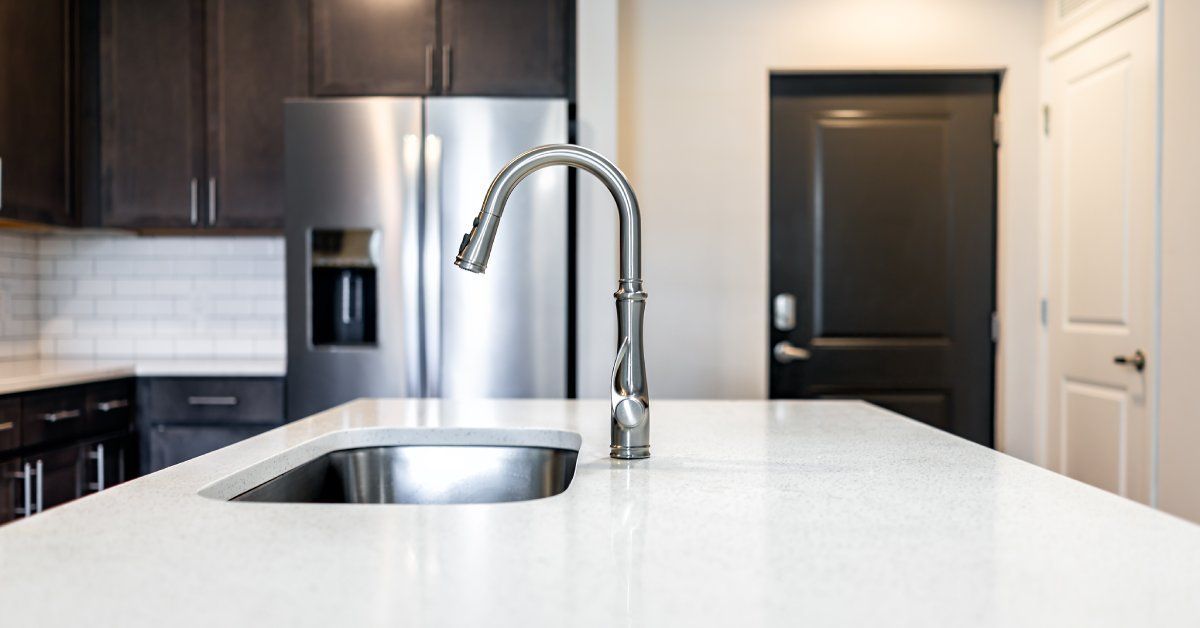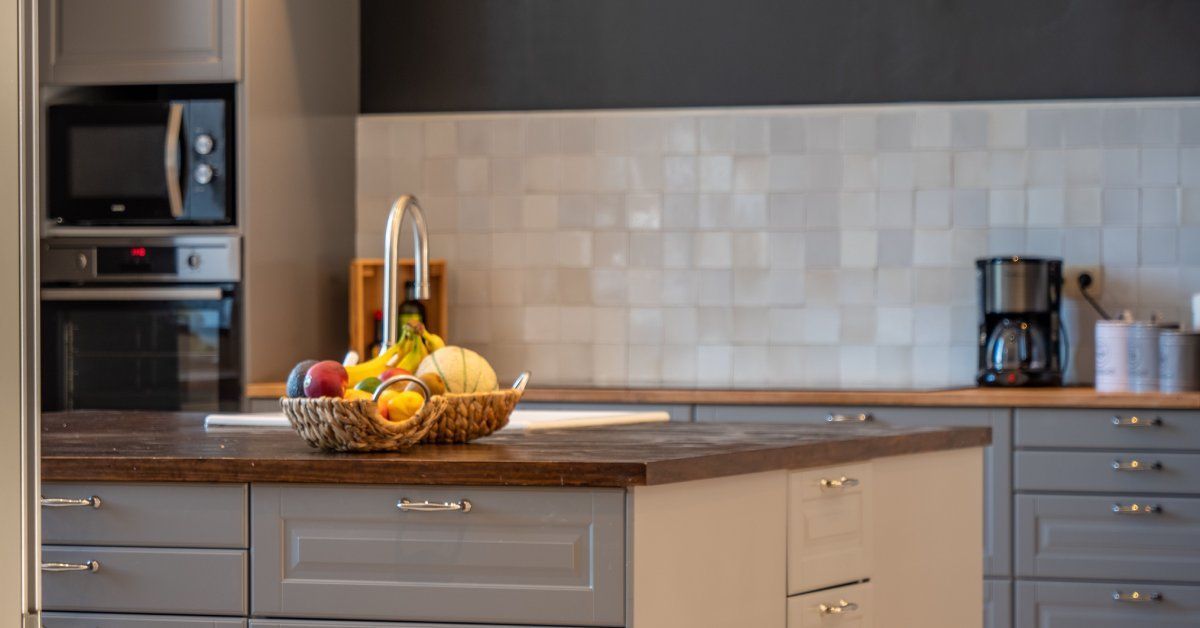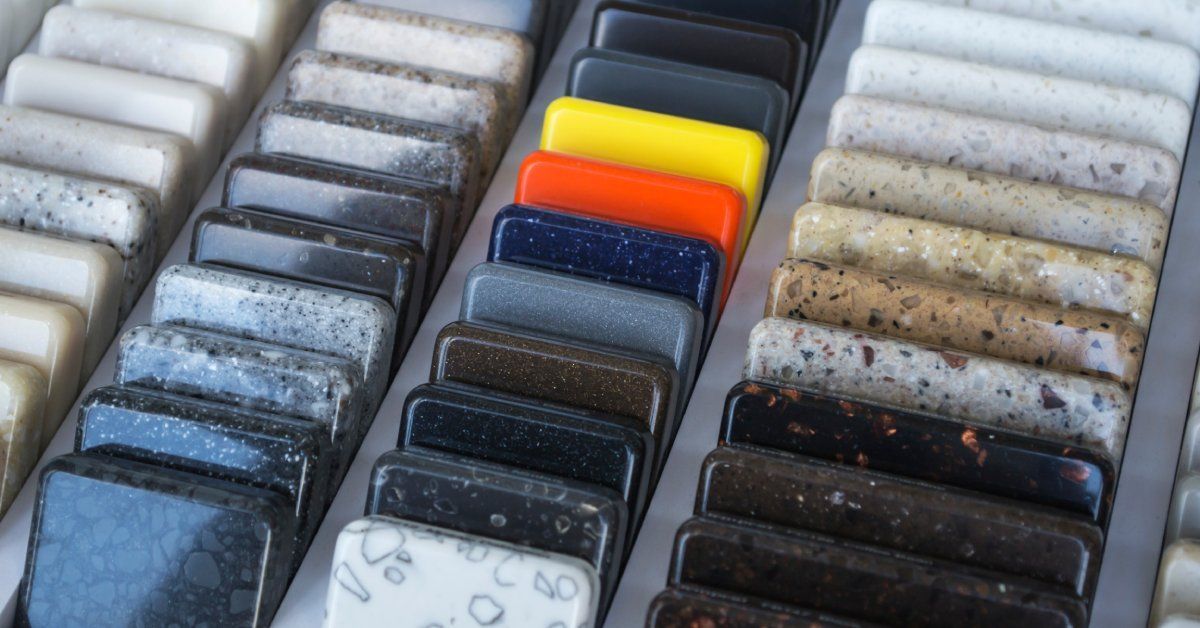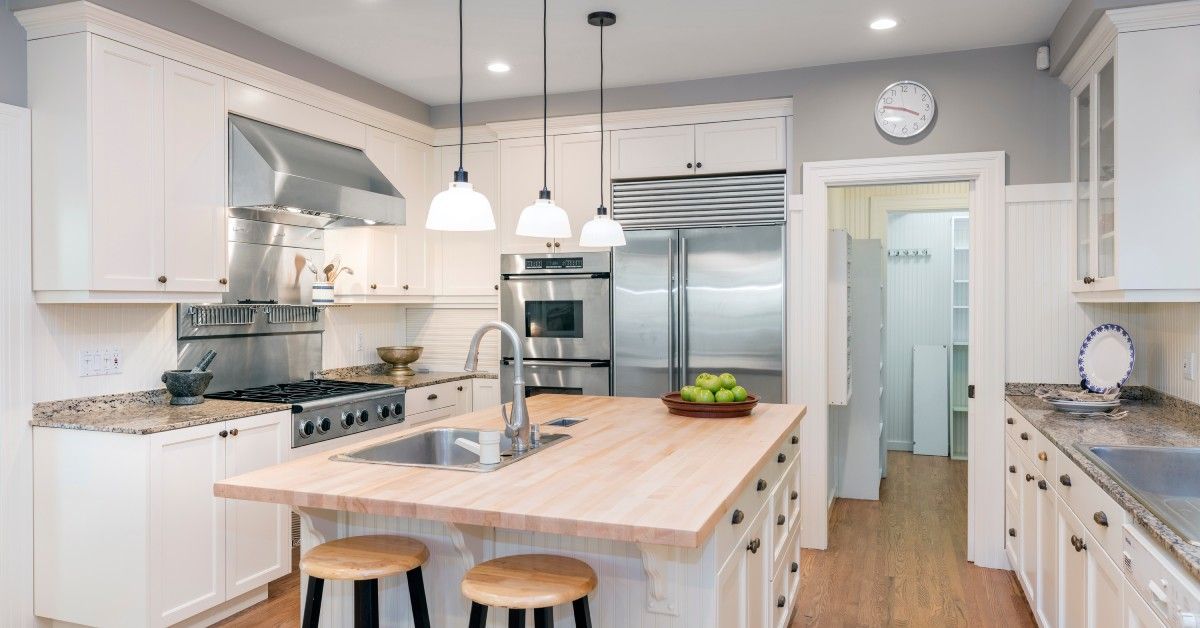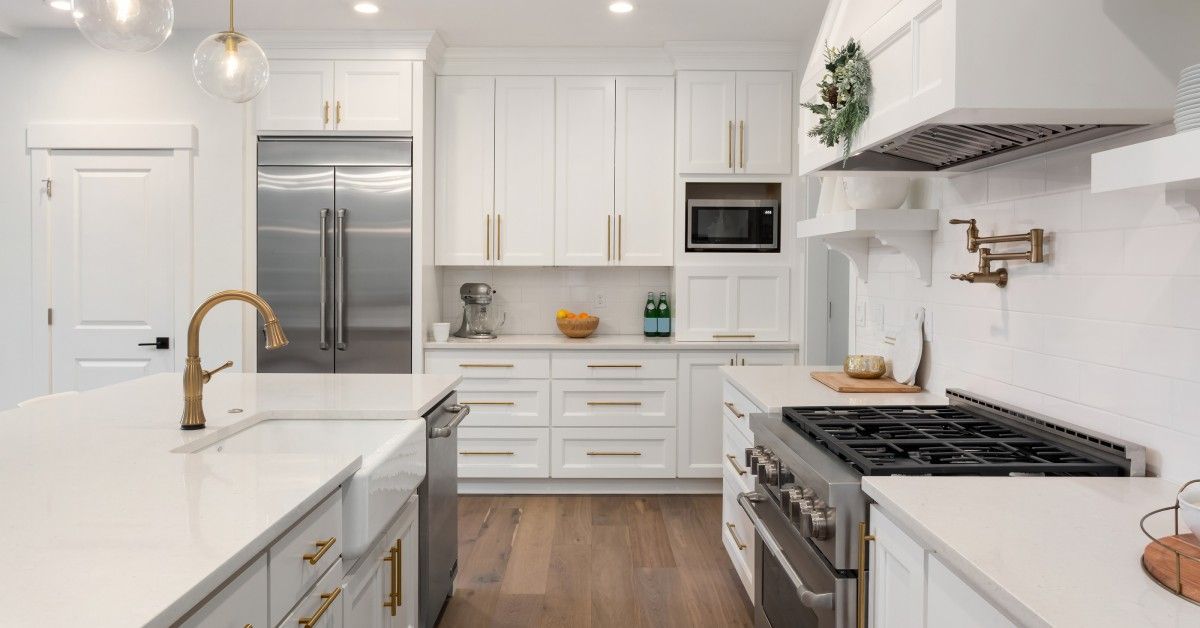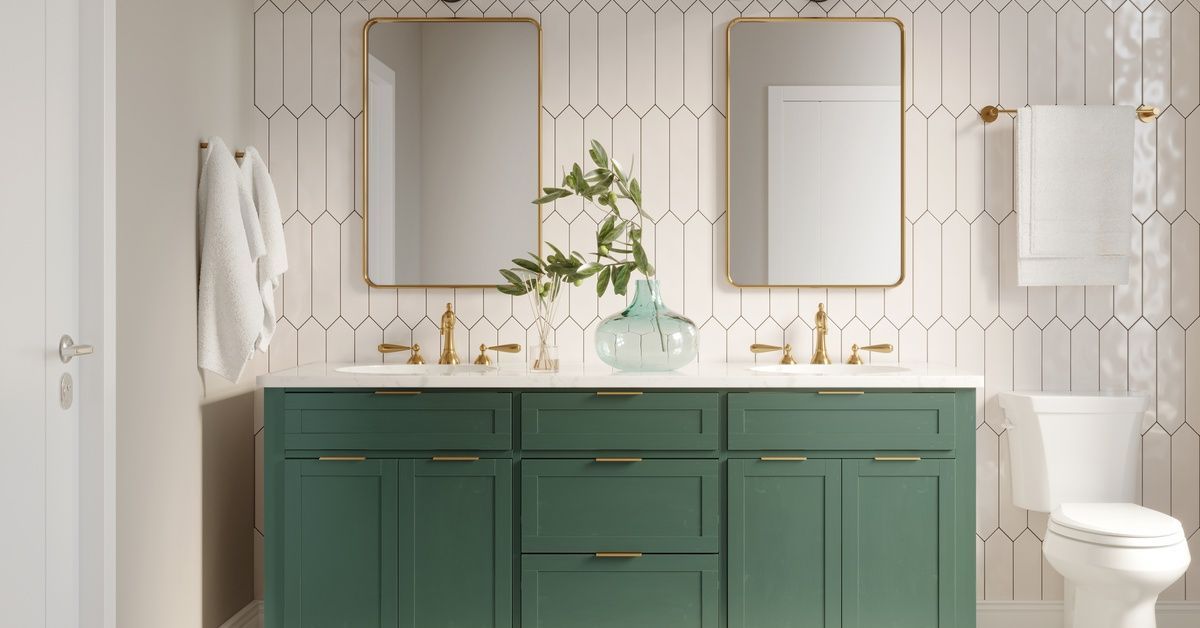Mixing and Matching Countertop Materials for a Unique Look
Gone are the days when every kitchen countertop had to match perfectly from island to perimeter.
Homeowners and designers are embracing the creative freedom that comes with mixing different countertop materials, creating spaces that are both functional and uniquely personal. This design approach allows you to highlight different areas of your kitchen while expressing your individual style and maximizing your budget.
Check out these great ways you can start mixing and matching countertop materials for a unique look in any room at home.
The Compelling Benefits of Mixed Materials
Integrating mixed materials into your kitchen design opens up exciting opportunities to balance aesthetics, functionality, and personal style. By combining different textures, colors, and finishes, you can create a cohesive yet visually dynamic space that truly stands out.
Below, we explore the key advantages of this innovative design approach.
Visual Appeal and Personalized Design
Mixing countertop materials is a great way to make your interior design pop, but you have to focus on what elements you want to jump out. The interplay between different textures, colors, and patterns creates depth and visual interest that captures attention from every angle.
You might choose a stunning marble island as your kitchen's centerpiece while selecting practical quartz for your busy prep areas.
This approach allows you to showcase your personality through design choices.
Perhaps you appreciate the industrial look of stainless steel paired with the warmth of reclaimed wood, or you prefer the classic elegance of combining marble with granite. Each material brings its own character, and when thoughtfully combined, they create a space that reflects your unique taste and lifestyle.
Functional Zoning and Enhanced Usability
Different areas of your kitchen serve different purposes, and mixing materials allows you to optimize each zone for its specific function.
Your baking station might benefit from the cool surface of marble, which is ideal for pastry work, while your main prep area could feature durable quartz that withstands daily chopping and food preparation.
The island often serves as both a workspace and gathering spot, making it perfect for a statement material like natural stone or butcher block.
Meanwhile, areas around the sink and stove might benefit from materials that resist heat and moisture, such as solid-surface or granite. Although granite can suffer from thermal shock, heat won’t damage it in any other way.
Cost-Effective Solutions and Budget Flexibility
One of the most practical advantages of mixing materials is the ability to allocate your budget strategically.
You can invest in premium materials like granite for highly visible areas, such as your island, instead of choosing a comprehensive room remodel.
This approach allows you to achieve a high-end look without the high-end price tag across every surface. You might select beautiful natural stone for your island and peninsula while choosing a complementary Tru-Rez for perimeter countertops, creating visual impact while staying within budget.
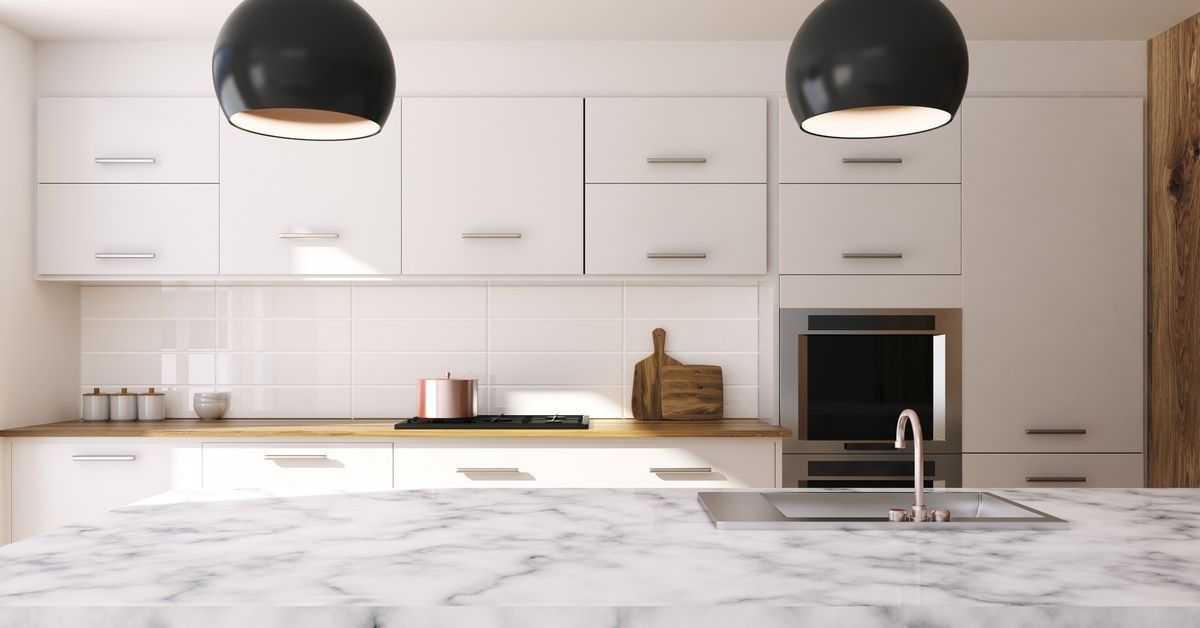
Stunning Material Combinations That Work
Choosing the right combination of materials is essential for crafting a kitchen that is both visually appealing and highly functional. Thoughtfully pairing materials will help you achieve a design that balances contrast and harmony while meeting the practical needs of your space.
Solid Surface and Granite
Combining granite with solid-surface countertop materials provides a perfect blend of natural beauty and practical versatility.
Granite, with its unique patterns and durability, serves as a striking focal point, adding timeless elegance to the space. On the other hand, solid-surface countertops offer uniformity, easy maintenance, and a wide range of customizable colors and finishes.
Together, these materials create a complementary balance, with granite’s organic textures juxtaposed against the seamless and modern appearance of solid surfaces.
This pairing works especially well in multi-surface kitchens, where functionality and visual interest are both prioritized. For example, utilizing granite on an island and solid-surface material on surrounding counters allows homeowners to designate distinct zones while achieving a cohesive design.
Granite and Quartz
Another compelling combination is the pairing of quartz and granite, which brings together durability and aesthetic appeal in a single design.
Quartz, known for its non-porous surface and low-maintenance qualities, offers a clean and uniform appearance that contrasts beautifully with the natural variations and bold character of granite. This blend creates an eye-catching dynamic, allowing homeowners to enjoy the best of both materials.
For instance, use quartz for high-traffic areas like kitchen countertops due to its resistance to stains and scratches. Then, granite can serve as a stunning focal point on a backsplash or island, highlighting its unique patterns.
Quartz and Butcher Block
Another versatile option to consider is pairing butcher block with quartz for a warm yet modern aesthetic.
Butcher block, with its natural wood tones and inviting texture, adds a sense of warmth and organic charm to any space. When combined with the sleek, polished surface of quartz, the result is a striking contrast that feels both contemporary and welcoming.
A butcher block island can provide a cozy, rustic centerpiece in a kitchen, complementing the clean lines and durability of quartz countertops.
This combination works particularly well in transitional or farmhouse-style designs, blending timeless appeal with modern functionality.
Essential Design Considerations
Designing a kitchen is an exciting opportunity to reimagine one of the most important spaces in your home. It’s where meals happen, conversations flow, and countless memories are made.
Let’s discuss some of the most helpful tips for mixing and matching countertop materials for a unique look.
Color Coordination and Harmony
Successfully mixing countertop materials requires careful attention to color relationships.
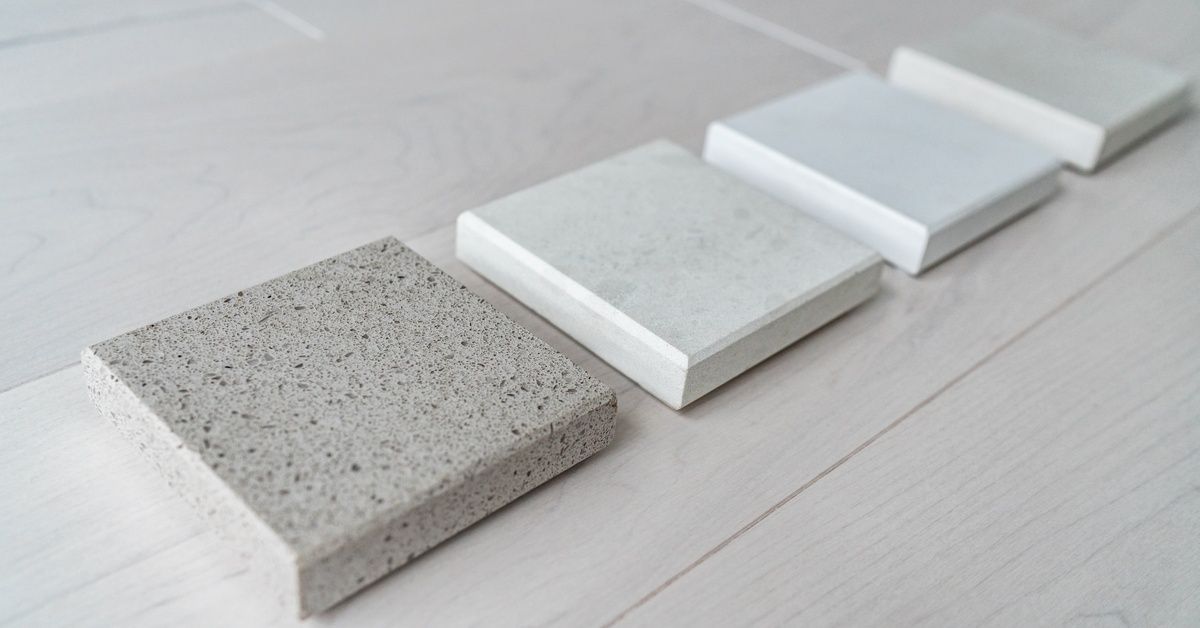
Look for materials that share undertones, even if their surface colors differ significantly. For example, a granite with warm brown veining pairs beautifully with honey-toned butcher block, while cool-toned materials like gray quartz complement stainless steel perfectly.
Consider creating a color story throughout your space by pulling accent colors from one material into another.
The veining in your marble might echo the grain pattern in your wood surfaces, or the speckled pattern in your granite might complement the aggregates in your solid surface countertop.
Texture and Finish Compatibility
The tactile quality of your countertop materials contributes significantly to your kitchen's overall feel. Smooth, polished surfaces with granite and quartz create a refined appearance, while textured materials like leather or suede add rustic charm.
Balancing smooth and textured surfaces prevents your design from feeling monotonous.
This easy step creates visual and tactile interest while maintaining design cohesion.
Transform Your Space with Creative Combinations
Mixing countertop materials offers an exciting opportunity to create a kitchen that's uniquely yours while addressing the practical demands of daily cooking and entertaining. This design approach allows you to express your personal style while optimizing functionality and managing your budget effectively.
The key to success lies in thoughtful planning that considers both aesthetic harmony and practical function.
Take the first step toward creating the kitchen of your dreams today. Whether it’s a complete remodel or subtle upgrades, don’t settle for a space that doesn’t inspire and serve you.



